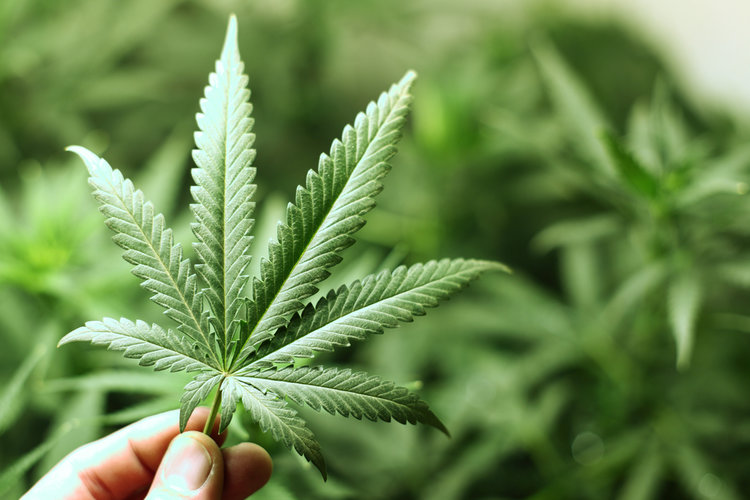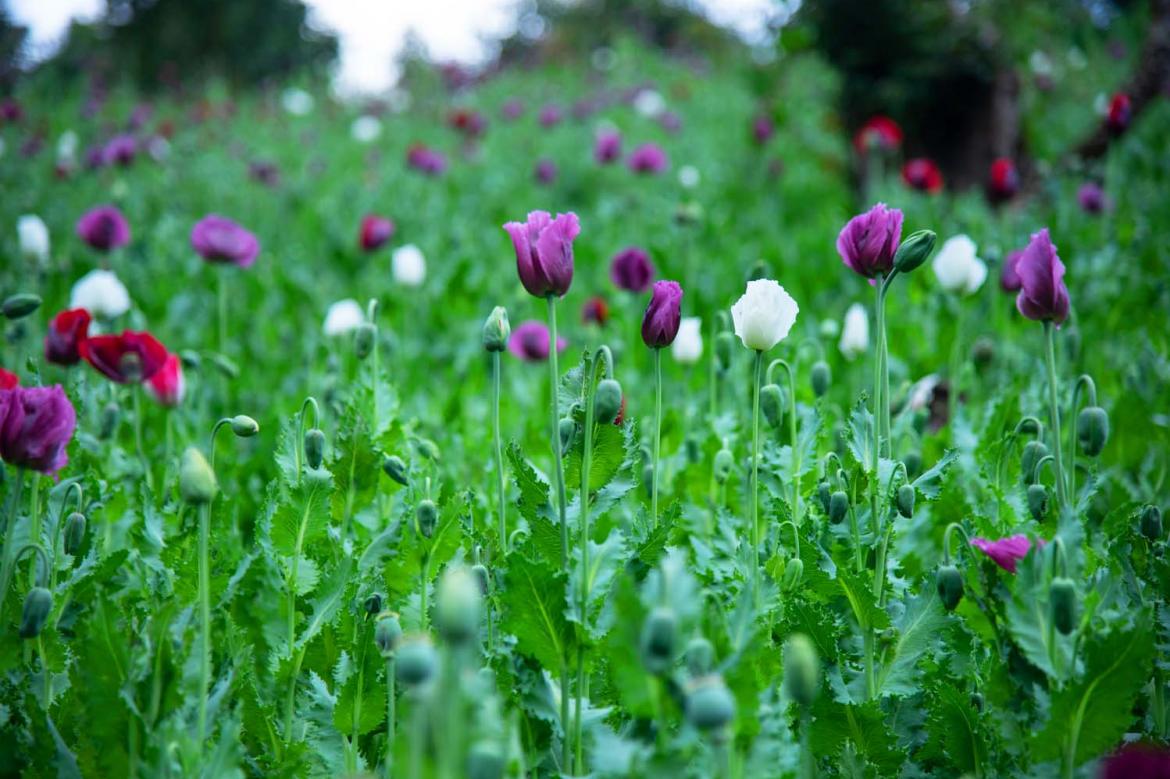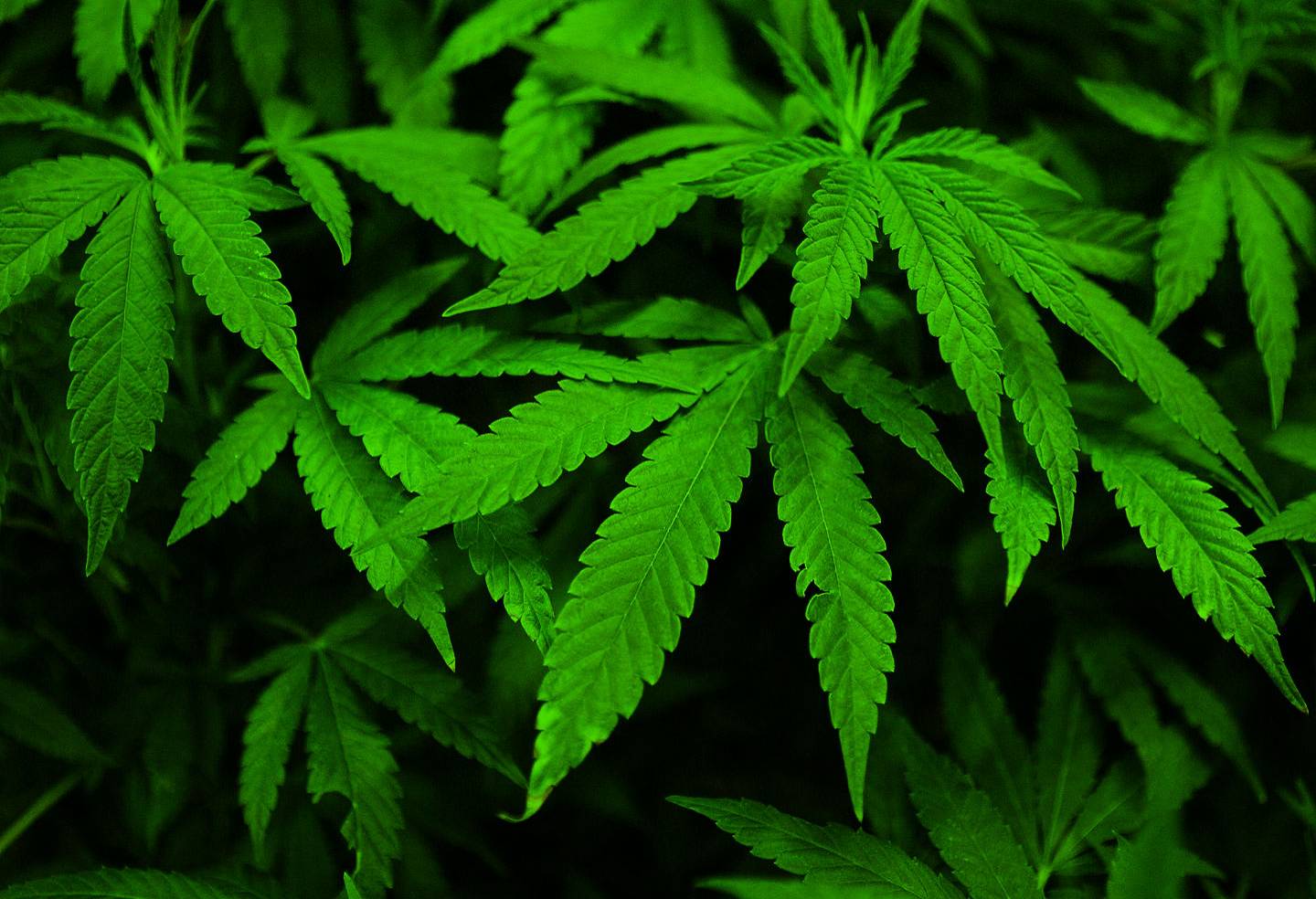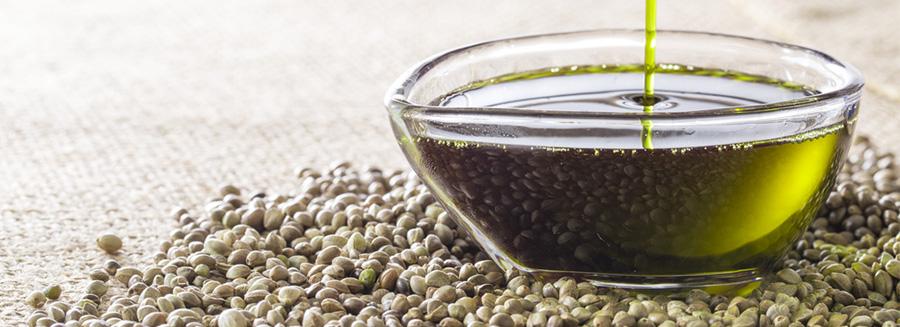“Interest in using hallucinogens, such as magic mushrooms, to treat depression is on the rise, fueled by the results of early clinical trials in people with cancer.
Researchers caution it will be several years before data is available from the first randomized trials of psilocybin — the hallucinogenic compound in magic mushrooms — for depression in those without cancer.
But advocates say psilocybin could provide an effective treatment for depression with fewer side effects than current antidepressants, which leave many people emotionally “blunted.”
“The work is very promising, with large effects shown for depression in the two largest studies in cancer patients, and large effects in the single published study outside of cancer,” said Matthew W. Johnson, Ph.D., associate professor of psychiatry and behavioral sciences at Johns Hopkins Medicine.
Promising results of early clinical trials
One of these studies — conducted in 2016 by researchers at Imperial College London and other institutions — found that a single dose of psilocybin had a long-lasting effect on people with moderate to severe major depression.
“This study showed an antidepressant effect after a week and enduring for a couple of months,” said Dr. Stephen Ross, co-director of the NYU Psychedelic Research Group in New York City.
However, he points out the study didn’t compare people taking psilocybin to people not taking the drug — the control group. So, the study results don’t necessarily show that psilocybin works for depression.
The strongest psilocybin data so far is for treating anxiety and depression in people with cancer, carried out in two clinical trials by Ross and other researchers at NYU and by Johnson and others at Johns Hopkins University.
Interest in psilocybin research, but also hurdles
In addition to the research being done at NYU, Johns Hopkins, and other universities, two pharma like companies is also doing psilocybin research.
Usona Institute in Madison, Wisconsin, is planning a multisite phase II study of psilocybin for major depression. This kind of early clinical trial focuses on determining the best dose of psilocybin to use and its safety.
Ross will be the lead investigator for the NYU site. He says the hope is that this research, once completed, will go on to a full randomized clinical trial, also known as phase III.
The other company is U.K.-based COMPASS Pathways. It’s beginning a randomized clinical trial looking at psilocybin therapy for treatment-resistant depression.
In 2018, the company received breakthrough therapy designation from the Food and Drug Administration (FDA) for this therapy.
Continue reading at Healthline




















